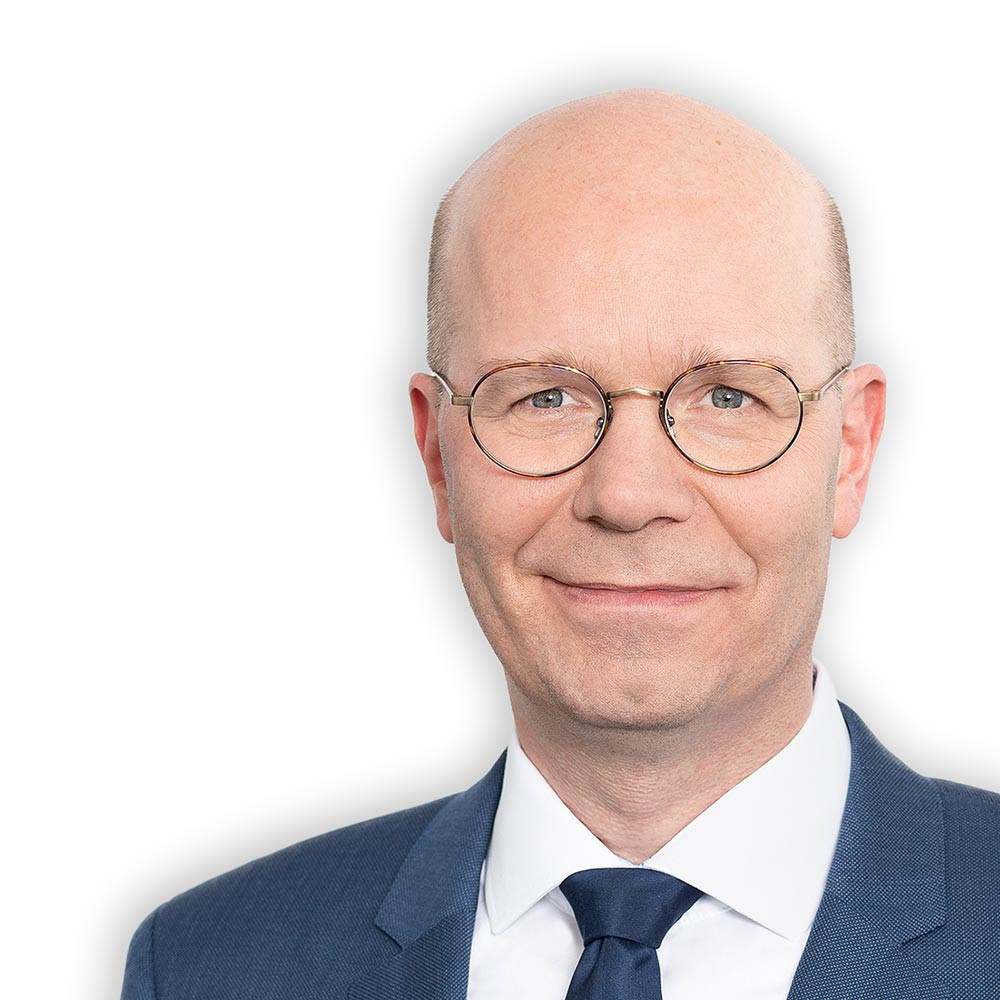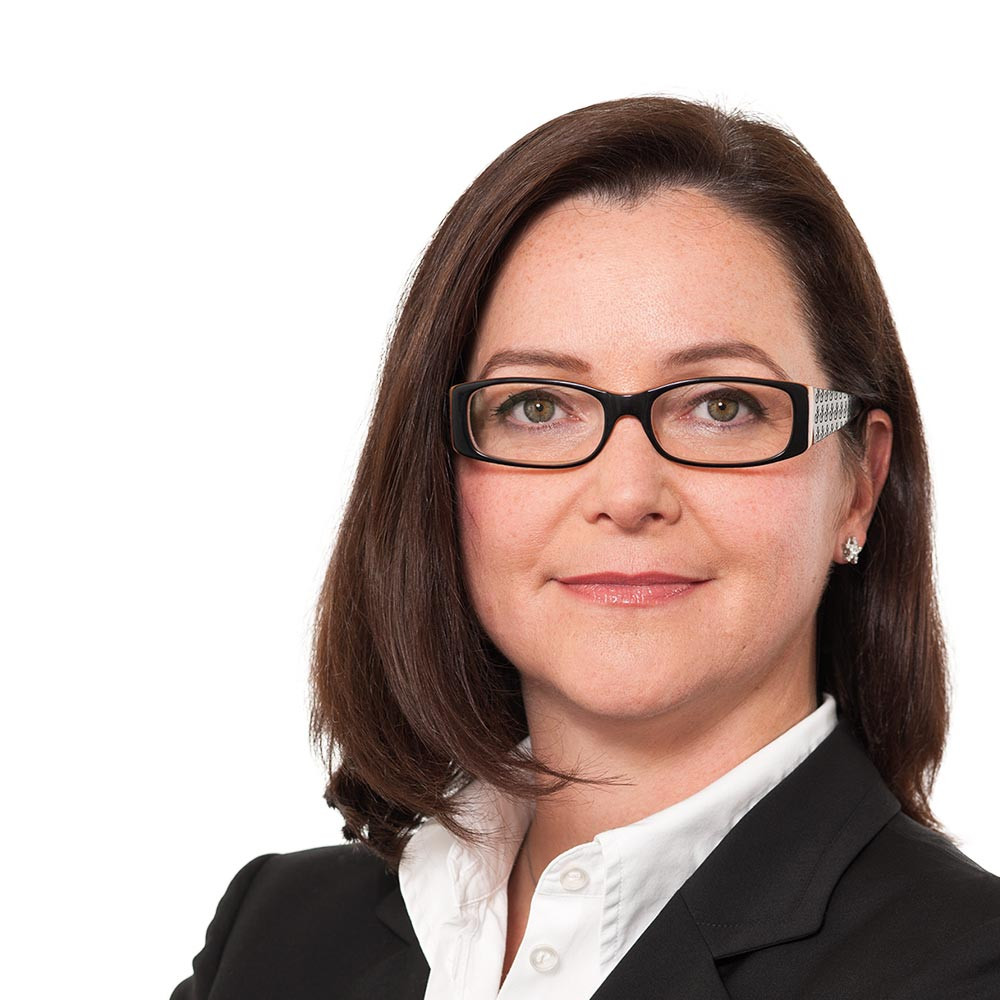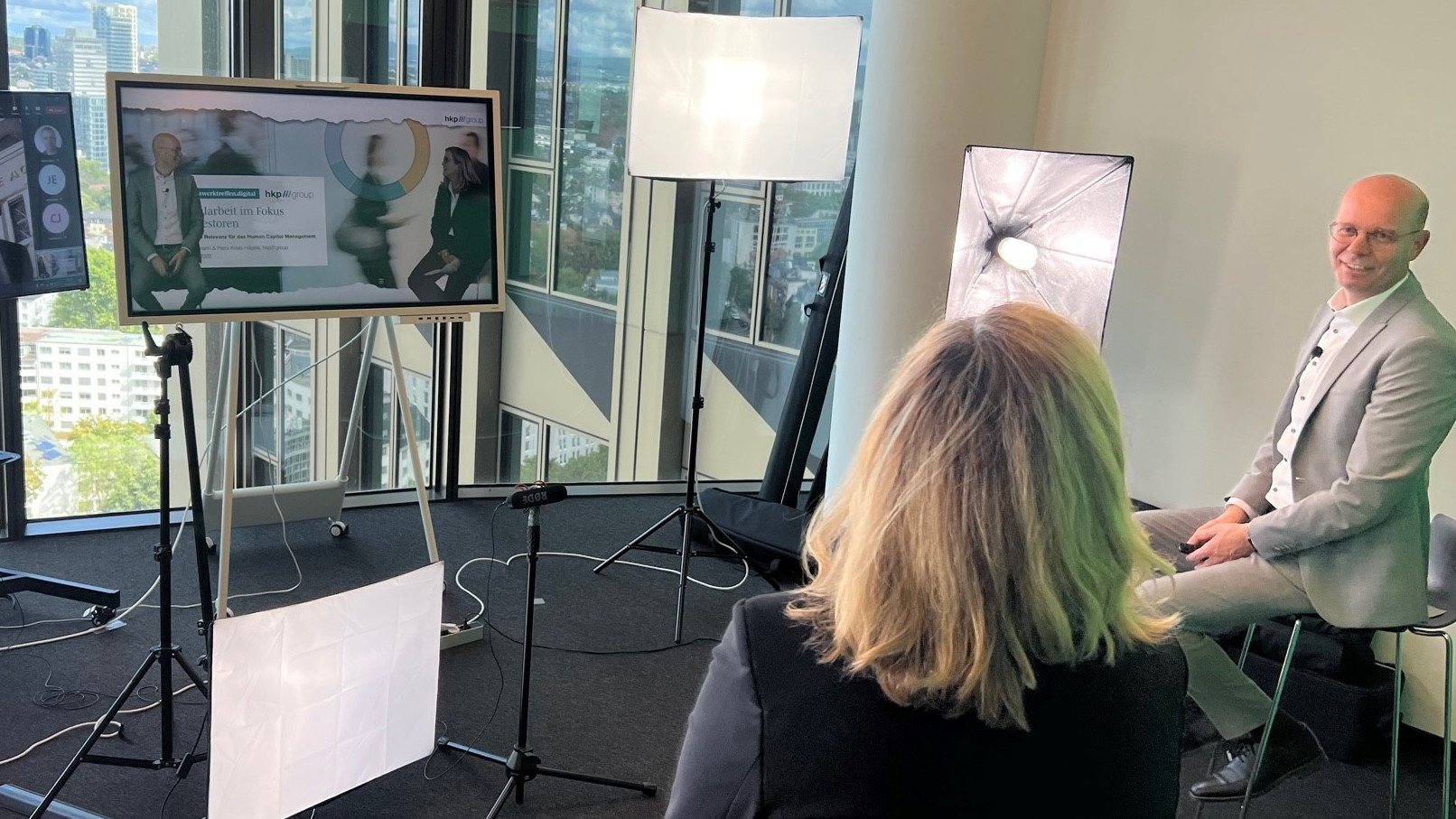On September 8, the DGFP invited its members to an online network meeting. The agenda covered one of the key topics of the association’s current work: sustainability and ESG, and their importance for HR management As part of the event, hkp/// group advisors Petra Knab-Hägele and Frank Gierschmann provided information on the backgrounds and latest developments and explained how companies can meet investors’ requirements for human capital management and what tasks HR will need to perform to do this. Ralf Butzkow, HR Director at Knorr-Bremse at the Munich site, shared his perspective and experience from the point of view of a practioner. The moderation was performed by Kai H. Helfritz, Head of Member Management & Collaboration at DGFP.
In his welcome speech to the 50 participants of the online network meeting, moderator Kai Helfritz provided some context for the topic. He referred to ESG and human capital management (HCM) as a key topic of the association’s work and outlined the tension between new regulations, changing investor views on HR topics, and the changing role played by HR.
His introduction was then expanded on by hkp/// group senior partner Petra Knab-Hägele and hkp/// group partner Frank Gierschmann. The two experts in strategic HR management stated that ESG was not a new topic. They illustrated the history of ESG on the basis of various milestones: For the aspect “E” (environment) they gave the example of the Deepwater Horizon scandal from 2010 in the Gulf of Mexico, which went on to become a historic environmental disaster, causing dramatic losses for investors. In terms of “G” (governance), the Enron scandal was an important turning point. Back in 2001 massive accounting fraud led to insolvency for the US energy provider, with investors losing all of their invested funds. As a consequence of the scandal, the auditing company Arthur Anderson collapsed and in 2002 the Sarbanes-Oxley Act was adopted, which mandates significantly stricter requirements for corporate governance. The series of suicides among employees of the electronics manufacturer Foxconn and the repeated accidents occurring in the Asian textile industry at around the same time then made the public, and particularly the capital market, aware of the “S” aspect of ESG.
In the view of hkp/// group expert Petra Knab-Hägele, two trends are currently influencing the rapid development of ESG: on one hand, the preferences of a new generation, who want to invest in sustainable products and investment opportunities, and on the other regulatory requirements at global, European, and German level, such as the EU Commission’s draft Corporate Sustainability Reporting Directive, or detailed requirements of the European Financial Reporting Advisory Group (EFRAG), which has published new standards on sustainability reporting.
As this development unfolds, the HR role and HR management are also increasingly coming under the scrutiny of institutional investors. Accordingly, the world’s largest institutional investor, BlackRock, which currently has investments in more than 18,000 companies and almost all of the DAX, has been highlighting the importance of human capital management (HCM) for many years, with increasing explicit focus. CEO Larry Fink has for some time instructed “his” CEOs to recognize the changing times and give due attention to their own talent strategies. Other leading investors have started to follow his lead. They see HCM as a way to secure growth and to actively manage risk, according to hkp/// group expert Frank Gierschmann, who illustrated this using the examples of diversity, talent management, and supply-chain human rights. He made it clear that investor’s interest in HCM is predominantly based on how it can benefit them, and HCM is by no means a matter of good will.
In terms of how organizations report on their HCM, the hkp/// group experts consider the landscape to be highly varied. This is most clearly evident in the non-financial reporting in business and sustainability reports, as recently shown in joint studies of hkp/// group, DGFP, House of Labour, and DIRK - German Investor Relations Association (see hkp/// group HCM Monitor DAX 2021). There has so far been no discernible consistency in the content chosen or in the structure, the KPIs selected, or the scope of the reports. Given the lack of standards and defined KPIs, companies have so far predominantly reported on aspects in which they consider they are doing good deeds or have positive things to report. The focal topics often differ from one year to the next. Topics that can be clearly assigned to one part of the organization, such as training, qualifications, and social responsibility, are often given a disproportionate amount of attention in reports.
At the same time, it appears that investors have different requirements and very different priorities in relation to ESG and HCM. Consequently, there is a mismatch between the reporting provided by companies and the requirements of investors, across broad areas. Topics that are examined by investors and companies with equal intensity include diversity and equal opportunities, and also the composition and work of the corporate bodies (management board/supervisory board).
From his perspective as an HR manager at an MDAX-listed company, Ralf Butzkow, HR Director at the Munich size of Knorr-Bremse, confirmed the outlined developments and illustrated them with examples from within his company. Unlike other companies, Knorr-Bremse extensively provided investors with the information and key figures they want to see in preparation for its IPO in 2018, and has gone on to include this information in its capital market communication, enabling the company to accommodate the increased scrutiny of investors in connection with HCM topics. Another reason for the company’s good standing is the HCM-related requirements in public invitations to tender. This is another area where it pays off to have certain key figures and processes, such as those relating to discrimination and the proportion of women, already monitored and documented, and in some cases also certified by neutral organizations. Without these certificates, there are many municipal tenders that the company would have missed out on.
The event participants listened to his remarks concerning weekly working hours with great interest. Ralf Butzkow explained that Knorr-Bremse is one of the few companies to have a 42-hour work week and that people often question his company’s competitiveness, specifically in relation to significantly lower weekly working hours in the metal and electronics industry. He claimed that investors do not have a problem with this and stated that economists and even some politicians have promoted such approaches, given the shortage of skilled workers and the increasing cost of living.
Some of the numerous questions asked by the participants at the DGFP network meeting related to how HCM responsibilities and tasks are anchored in the company. Various participants criticized that time is wasted defining things in unnecessary detail in individual divisions and that there are certain topics that no division wants to take responsibility for. Ralf Butzkow responded that this is clearly the responsibility of HR, although it is vital for other company roles to be involved in this interdisciplinary topic. Setting up a global HR Analytics Center has proved highly successful.
Petra Knab-Hägele confirmed that many listed companies are currently working on this type of central HR data hub and that this is actually a very viable approach for managing investor’s ESG and HCM requirements. In her view, this also lays the foundation for fulfilling regulatory ESG and HCM requirements in the foreseeable future. The majority of organizations in Germany are facing extensive HCM reporting requirements in the business year 2024, because of the Corporate Sustainability Reporting Directive (CSRD). She also pointed out, however, that this reporting capacity will in the end only constitute a “needed to play” component. What is “needed to win” is a conclusive depiction of how HR work is meshed with the corporate strategy and how it ultimately contributes to this strategy being implemented.
For HR managers looking to actively position themselves in the topic of ESG and HCM, these developments mean having to be active in five areas, in the view of the hkp/// group experts. They will need to:
- understand the perspectives and expectations of investors and rating agencies
- provide, control, and report the right key figures or KPIs globally
- seek out dialog with investors in relation to the people strategy and their requirements
- explain their own HR strategy as an influential step in implementing the business strategy and the company’s purpose
- be able to argue for key employee and social risk KPIs on the basis of an HR cockpit
In his closing words, moderator Kai Helfritz thanked the guest speakers for their comments and thanked the participants for their very active involvement in the discussion. This showed how important the topic is, and how important it is set to become in the future. HR would be well advised to address the new, stricter requirements of investors and to view them as an opportunity for the HR profession and how HR is seen in the company. He expressed his certainty that human capital management is a topic that will soon be impacting the entire corporate landscape, rather than a fad that will soon disappear. Many companies are ready for this and have already recognized that action is needed, but things are still in their early stages and the full impact is still some way off.



